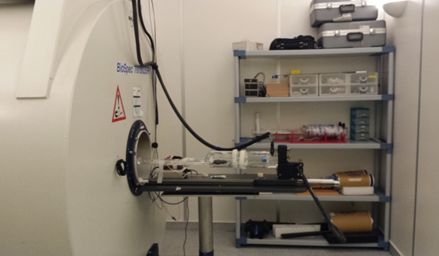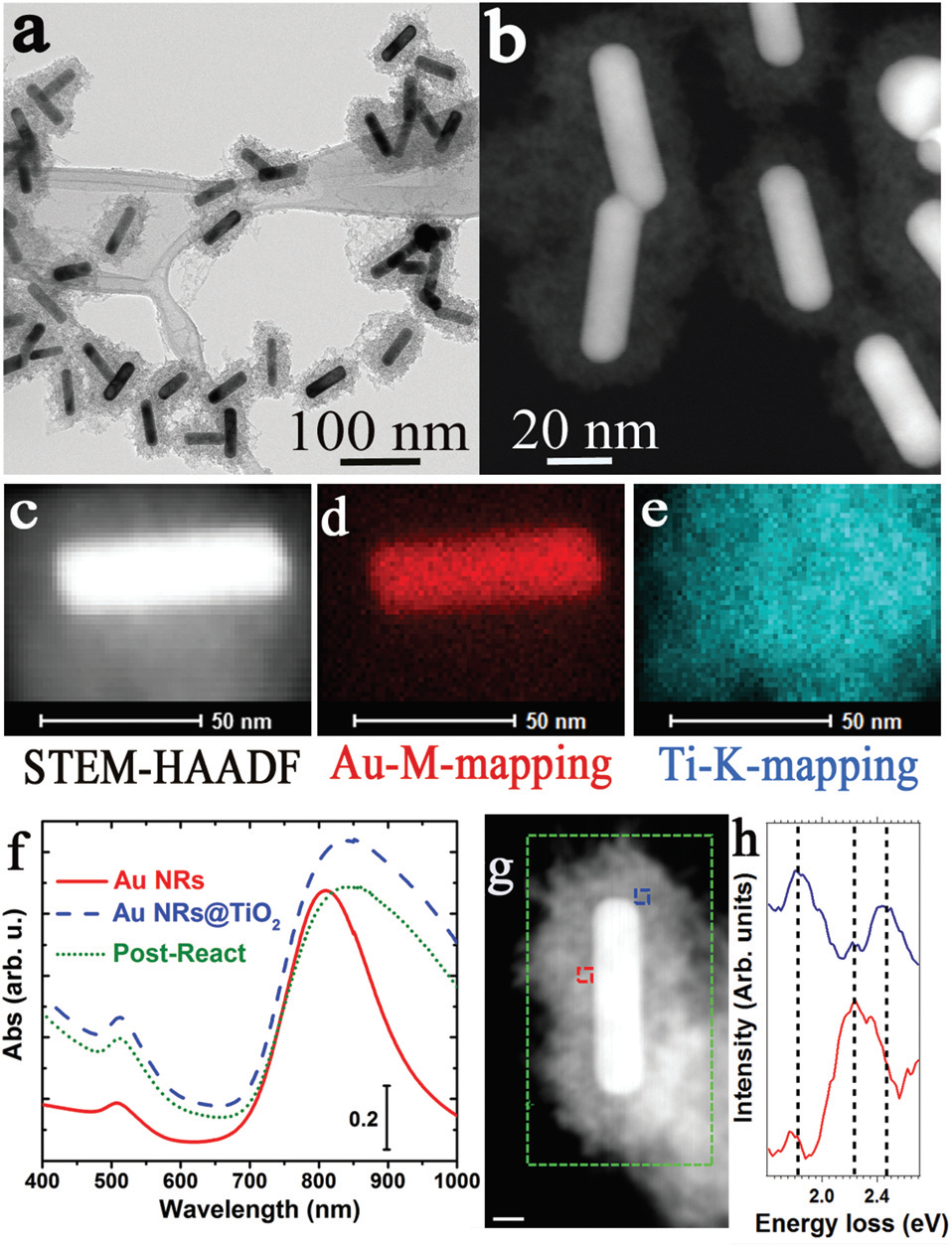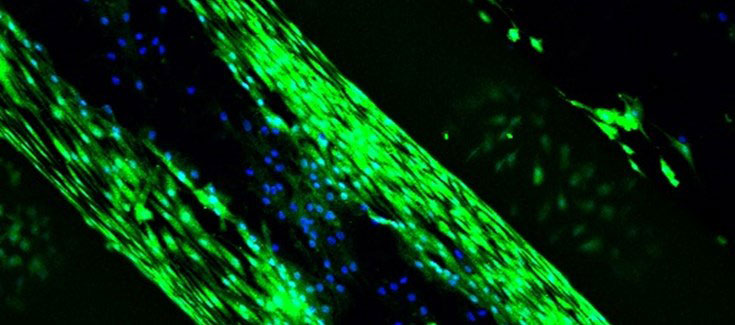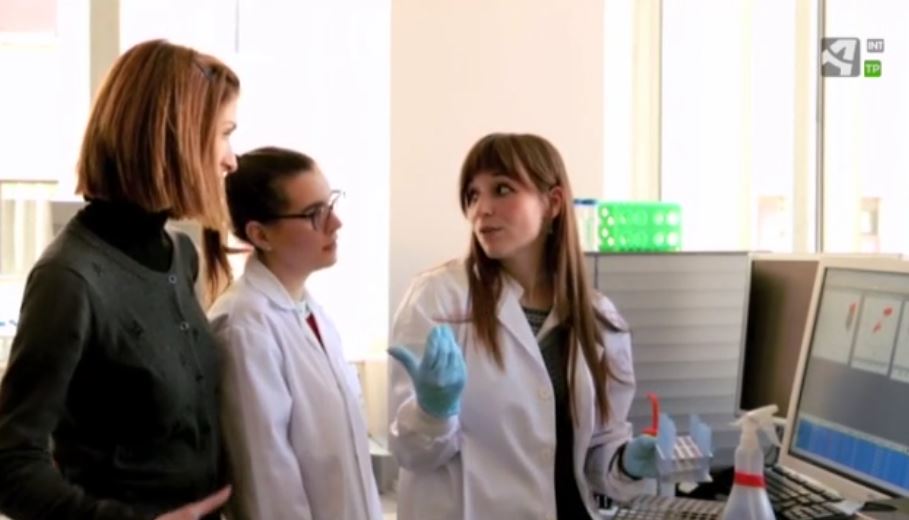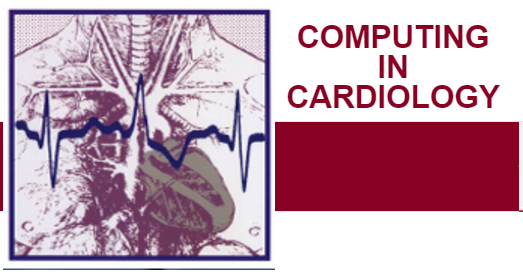Unit 25 of NANBIOSIS and the research field of Protein Kinase CK2.
Ana Paula Candiota and Carles Arús, Scientific Coordinator and Scientific Director of Unit 25 of NANBIOSIS, jointly with other GABRMN members, have recently published an interesting article in the journal Pharmaceuticals, (Special Issue An Updated View on an Emerging Target: Selected Papers from the 8th International Conference on Protein Kinase CK2). This article is also co-authored by scientifics of a research group with renowned prestige in CK2 research field, the Protein Phosphorylation group, del Dipartimento di scienze biomediche (Università degli Studi di Padova).
This publication describes a study with the preclinical glioblastoma (GB) model and its treatment, centered in exploring the potential of other therapeutic (non-mutagenic) alternatives for preclinical GB. The results obtained suggest that Protein Kinase CK2 could be a suitable candidate target for GB treatment, which could be useful in combined treatments with temozolomide (TMZ), the standard of care currently used in clinics. Tumor-bearing animals under treatment were followed up with techniques of MRI, MRSI and DWI, and an interesting finding was the appearance of peritumoral brain edema in treated animals.
The acquisition and processing of MRI/MRSI/DWI data were performed in Unit 25 of NANBIOSIS
Article of reference:
